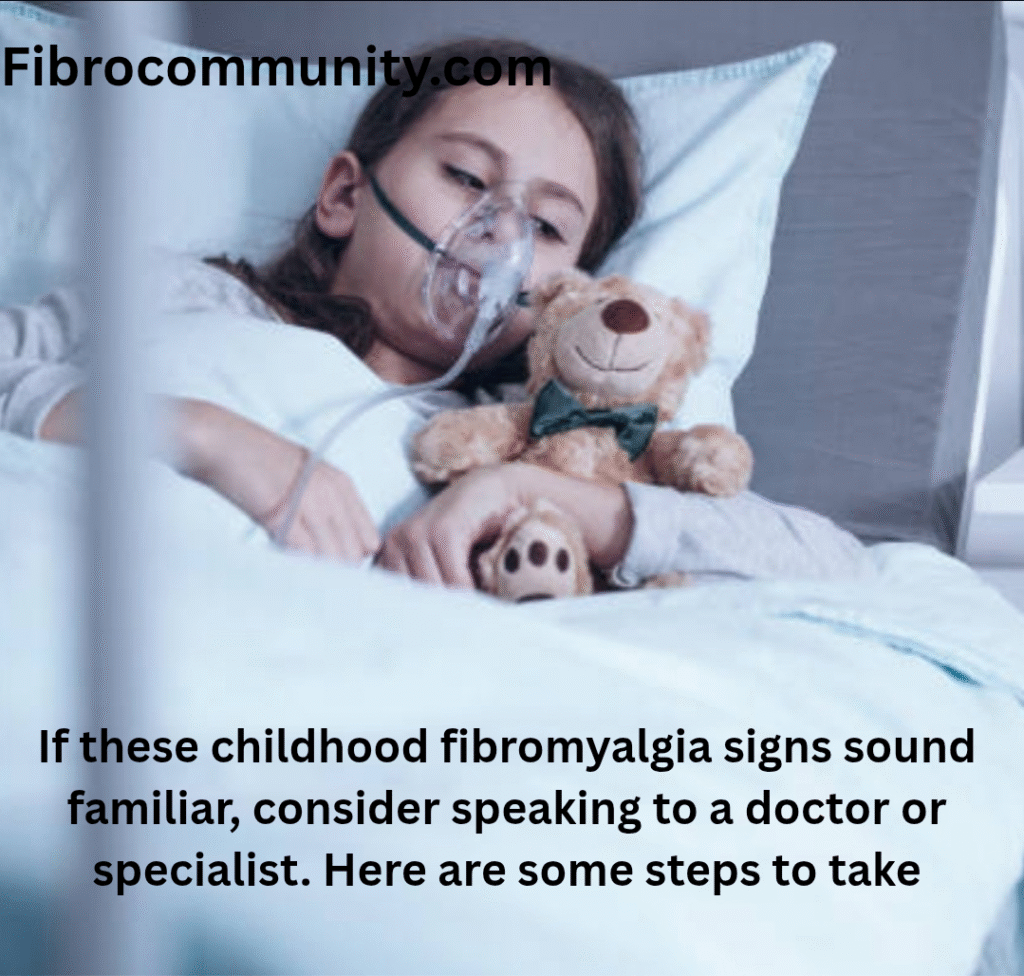The term myalgia refers to muscle pain. Both fibromyalgia and polymyalgia cause pain and tension in the muscles, but they differ in their other symptoms, causes, and treatments. Getting a correct diagnosis is key to ensure proper treatment and symptom management.
Both polymyalgia and fibromyalgia are more common in women than men. Polymyalgia usually occurs in people aged over 55, while, fibromyalgia is common among young and middle-aged people.
In this article, we look at the similarities and differences between polymyalgia and fibromyalgia, including symptoms, treatments, and medications.
Polymyalgia vs. fibromyalgia

Polymyalgia and fibromyalgia are often confused because they both cause muscle pain throughout the body, and they have similar names.
However, they are different disorders with different causes. In fact, it is possible for a person to have both polymyalgia and fibromyalgia.
Polymyalgia rheumatica is an inflammatory form of arthritis. Fibromyalgia does not show traditional signs of inflammation, though some recent research from 2017Trusted Source suggests it may also involve inflammation.
The causes of the two conditions are different:
- Polymyalgia is considered to be an autoimmune disease. Autoimmune disorders cause the body to attack healthy tissue by mistake.
- Fibromyalgia pain is thought to be caused by overactive nerves that make the body perceive pain despite there being no physical injury.
This means that fibromyalgia may occur because of the way that the brain and nerves perceive sensation, while polymyalgia develops due to a problem with the immune system.
Polymyalgia and fibromyalgia differ in the following areas:
Symptoms
Both conditions can cause widespread pain throughout the body. Similarities and differences in symptoms of polymyalgia and fibromyalgia include:
- The location of the pain. People with fibromyalgia often experience pain on both sides of the body, usually in 18 key places. People with polymyalgia typically feel stiffness and pain in their shoulders, back, and hip girdles.
- Mental health. Both polymyalgia and fibromyalgia may cause depression related to living with a painful chronic condition. A 2017 studyTrusted Source specifically linked fibromyalgia with higher-than-average rates of PTSD. People with fibromyalgia sometimes report difficulties concentrating or a sense of mental fog.
- Morning stiffness. Both conditions can cause the muscles and joints to feel stiff. Polymyalgia often causes morning stiffness that lasts less than an hour.
- Sleep difficulties. Many people with fibromyalgia have trouble sleeping.
Diagnosis

Fibromyalgia is a diagnosis of exclusion. This means that when a person has widespread chronic pain throughout the body, and a doctor cannot find any other cause, they might diagnose fibromyalgia.
No single test can determine if a person has fibromyalgia. However, a physical exam that looks for specific tender points may be helpful. A doctor may also take blood samples to rule out inflammatory conditions, such as rheumatoid arthritis and polymyalgia.
Blood tests can usually diagnose polymyalgia. Most people with polymyalgia have elevated levels of inflammatory proteins in their blood. Their red blood cells may also show changes that are characteristic of inflammation.
A doctor may also perform other tests to rule out other inflammatory diseases, such as a biopsy or blood test for rheumatoid factor. These tests are standard for people with polymyalgia, but not for people with some other conditions.
Medication
Corticosteroids are the treatment of choice for polymyalgia. Corticosteroids are so effective at treating polymyalgia that if symptoms do not get better after using them, then polymyalgia might not be the right diagnosis. Non-steroidal anti-inflammatories (NSAIDs) cannot treat polymyalgia.
There is a range of medications available that may reduce the symptoms of fibromyalgia, including:
- antidepressants
- fibromyalgia-specific drugs that target central sensitization
- various pain medications
Unlike with polymyalgia, finding the correct drug to treat fibromyalgia is often a process of trial and error. Drug treatment for fibromyalgia tends to work best when it is used in combination with other remedies, especially exercise.
Treatment

Treatment for polymyalgia focuses on reducing inflammation while treating fibromyalgia emphasizes pain management and reducing central sensitization.
The treatment of choice for polymyalgia is medication, while treatment for fibromyalgia often focuses on lifestyle changes, particularly exercise. People with fibromyalgia may also find that therapy, especially cognitive behavioral therapy (CBT), can help them to manage symptoms.
Complementary therapies and management techniques that may also help fibromyalgia include:
- acupuncture
- massage therapy
- dietary changes
- stress management
- avoiding fibromyalgia triggers.
There is little evidence that these treatments improve symptoms of polymyalgia.
Takeaway
Both fibromyalgia and polymyalgia are chronic disorders. The symptoms may change with time but are unlikely to go away.
Appropriate treatment of polymyalgia with corticosteroids can ease the symptoms, but relapses can occur.
There is no cure for either fibromyalgia or polymyalgia. However, both can be managed with appropriate treatment.
People with fibromyalgia may try several remedies before finding one that is best for them. Those with polymyalgia can often find quick relief using an appropriate medical treatment such as corticosteroids.
Also, a doctor should monitor people with polymyalgia for signs of a blood vessel condition called giant cell arteritis.
Symptoms of giant cell arteritis include:
- blurred or double vision
- jaw pain
- headaches
- scalp tenderness
It is essential that a person gets professional advice and guidance when dealing with chronic pain. This may mean chasing up doctors or seeking new healthcare providers who will be able to help a person effectively manage their symptoms.


